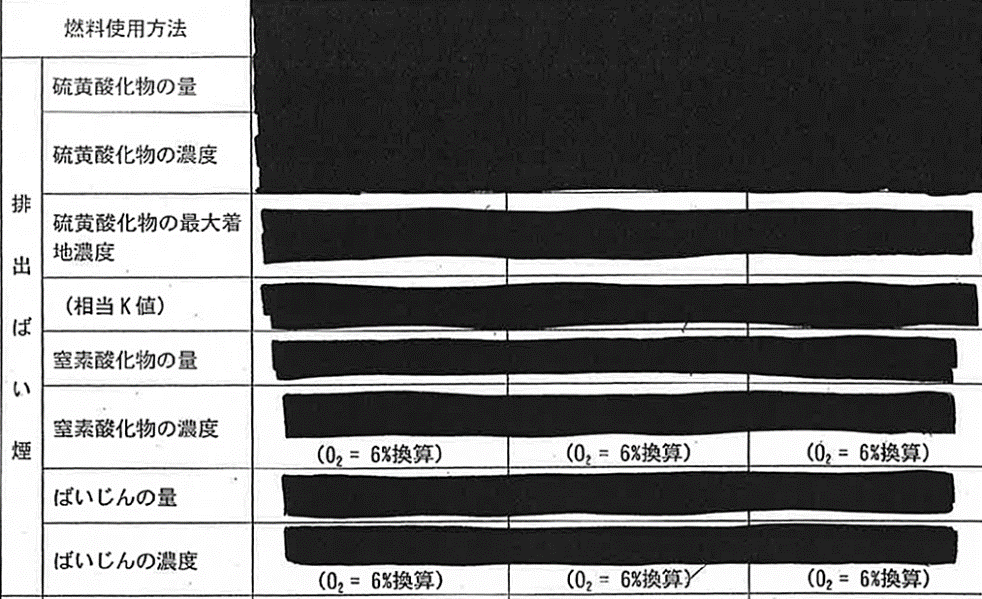On July15th, Kiko Network released “A survey on small-scale coal-fired power plant projects”. By requesting information disclosure, Kiko Network investigated seven new small-scale coal-fired power plant projects which were exempt from any governmental environmental assessments and released these results. Kiko Network found that there were cases in which utilities have already started constructions, while concealing pollutant emission data and without any explanation to local residents.
List of EIA evading small-scale coal-fired power plant projects
・Ishinomaki Hibarino No.1 Power Plant (Location: Ishinomaki-shi Miyagi, Operator: Nippon Paper Group Ishinomaki Energy Center)
・Sendai Power Station (Location: Sendai-shi Miyagi, Operator: Sendai Power Station)
・Suzukawa Energy Center Thermal Power Plant (Location: Fuji-shi Shizuoka, Operator: Suzukawa Energy Center)
・Nogoya No.2 Power Plant (Location: Taketoyo-cyo Chita-gun Aichi, Operator: Nakayama Nagoya Kyodo Kyodo Hatsuden)
・Meinan Energy Center (Location: Chita-shi Aichi, Operator: Meinan Kyodo Energy)
・Mizushima MZ Power Plant (Location: Kurashiki-shi Okayama, Operator: Mizushima Energy Center)
・Nobeoka Power Plant (Location: Nobeoka-shi Miyazaki, Operator: Asahi Kasei)
What is EIA-evading?
When constructing thermal power plant that is larger than a certain scale, Environmental Impact Assessment is required to inspect its impact on the environment. EIA is designed for preliminarily survey, estimation and evaluation of significant environmental impacts of the projects in order to avoid or minimize its negative impacts. However, in spite of its significance, the number of projects which are barely below a threshold of EIA requirement has been increasing recently. Above all, there are projects which do not have to be inspected by national EIA nor any assessments of local governments. These are problematic projects that slip through both the legal net of EIA and any third party assessments.
<EIA Requirements for thermal power plants>
Class 1 project (EIA is always required) Output: 150MW or over
Class 2 project (The necessity of EIA is judged by project) Output: 112.5MW-150MW
Investigation results: Pollutant emission are 19 times higher due to inefficient technology
According to the disclosed data, it was revealed that the ongoing projects without EIA adopted the 1950’s inefficient technology (subcritical) and would emit much pollutant. Surprisingly, there were several projects which pollutant emission would reach approximately 10 times as much as those in operation, therefore worsening air pollution is seriously concerned.
To make matters worse, some projects rejected disclosure of information about their power generation efficiency and impacts on air pollution. Assuming from black hidden numbers, their power generating technologies can be old and anti-pollution measures are insufficient.
In addition, most of these utilities did not have public communication to local residents. As well as the nondisclosure of information, we say their approach is inappropriate, though not illegal.
EIA process urgently needs to be reviewed and improved
Business operators claim that new coal power plants are high efficient/low emission, and those are “clean coal” technology. However, according to this survey, there were several coal projects, some of which are actually planned or under construction, while they are neither high-efficient nor low-emission.
Progress of these projects, in disregard of local residents, cannot be acceptable, and should not be left unchecked, considering their serious levels of CO2 and other pollutants’ emissions even if they are small-scale. EIA process should be urgently reviewed and improved.
What is the Environmental Impact Assessment (EIA):
Environmental Impact Assessment is conducted by business operators themselves, following the procedures of making statements of consideration, scoping documents, preparation documents, evaluation documents and final reports. As for projects subject to the assessment, business operators have to check, estimate and judge their impacts on both natural and living environments around them, accepting opinions from experts of each prefecture, inhabitants and local governments.


